Endangered places around the world
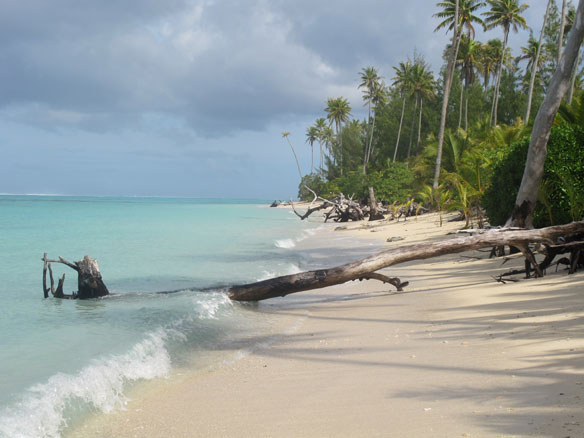
In celebration of Earth Day, Gaute Hogh, publisher of the book 100 Places to Go Before They Disappear, was interviewed. The book features 100 photographs from one hundred different places around the world in risk of disappearing or seriously threatened by climate change.
Arctic’s Icy Coastlines Retreat as Planet Warms
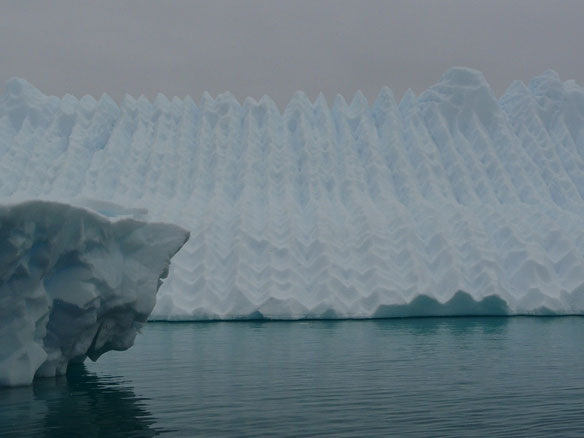
The coastline in Arctic regions reacts to climate change with increased erosion and retreats by half a metre per year on average. Less sea ice means more open water, which means stronger waves generated by wind. These, in combination with warming temperatures and more storms, mean more erosion of coastlines. Rising sea levels are also expected to enhance erosion.
Ozone Layer Faces Record 40 Percent Loss Over Arctic
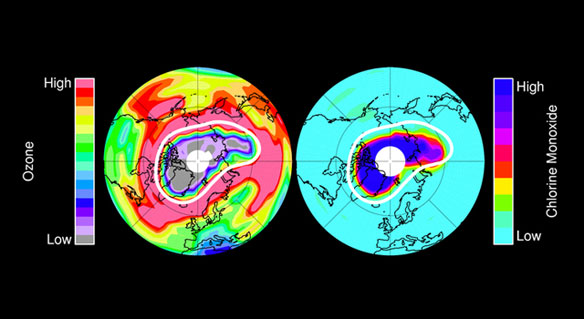
Observations from satellites and ground stations suggest that atmospheric ozone levels for March in the Arctic were approaching the lowest levels in the modern instrumental era. The thinning ozone shifts away from the pole and covers Greenland and Scandinavia. Mostly the concern, for the Arctic ozone depletion, is for people that live in northern regions, more towards Iceland, northern Norway, the northern coast of Russia.
Sand Drift in Norway Caused by Sea-Level Changes and Human Activity
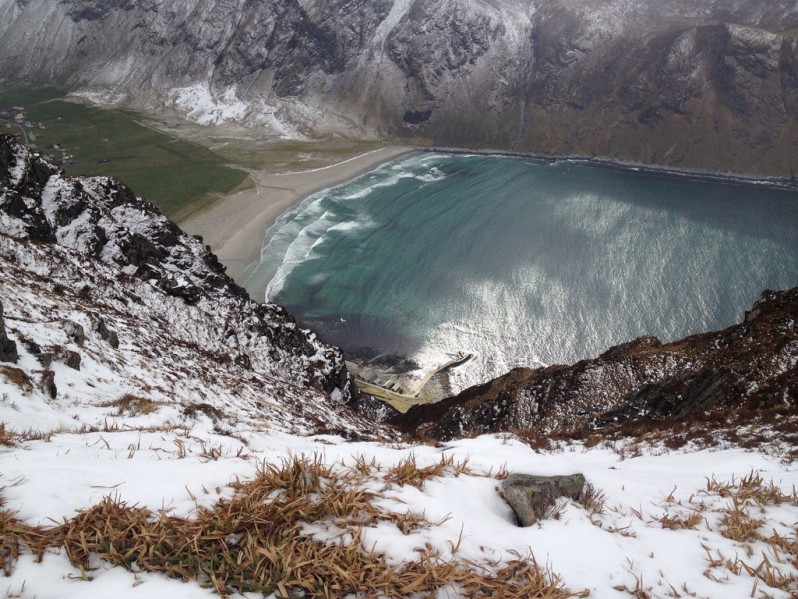
The sand along the south-western coastal rim of Norway has drifted for more than 9000 calendar years. This was triggered by sea-level changes and human activities, new research has found.
Earth’s Gravity Revealed in Unprecedented Detail
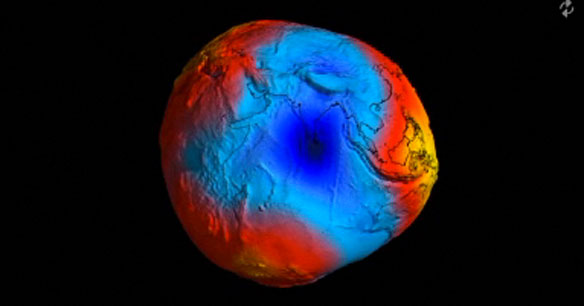
After just two years in orbit, ESA’s GOCE satellite, a European spacecraft that skims the upper reaches of the atmosphere, has gathered enough data to map Earth’s gravity with unrivalled precision, from deep ocean trenches to majestic mountain ranges. The data will be crucial for understanding sea level changes, shifts in ice flows and how ocean currents, which are driven by gravity, respond as the planet warms over the next few decades.
Oceans May Be Speeding Melt of Greenland’s Glaciers

Researchers know that warm air over Greenland melts surface snow and ice, but this process doesn’t do enough melting to explain the extent of the glaciers’ rapid retreat, responsible for about a quarter of worldwide sea level rise. The connection between ocean changes, including a warming Atlantic Ocean, and glacier response is unchartered territory, and may make up the difference between predictions of ice melt and reality.
Melting ice sheets becoming largest contributor to sea level rise
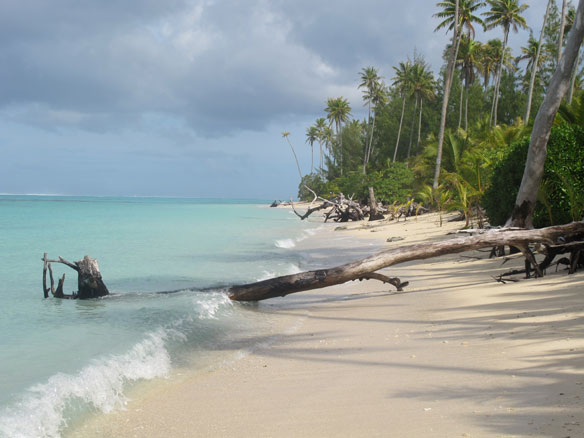
The Greenland and Antarctic ice sheets are losing mass at an accelerating pace, becoming the dominant contributor to global sea level rise, and much sooner than model forecasts have predicted.
California Islands Give Up Evidence of Early Seafaring

The sea-going people may have followed a “kelp highway” stretching from Japan to Kamchatka, along the south coast of Beringia and Alaska, then southward down the Northwest Coast to California. Rising seas have since flooded the shorelines and coastal lowlands where early populations would have spent most of their time.
EU Pledges 90m Euros in Climate Funds for Sinking Pacific Island States
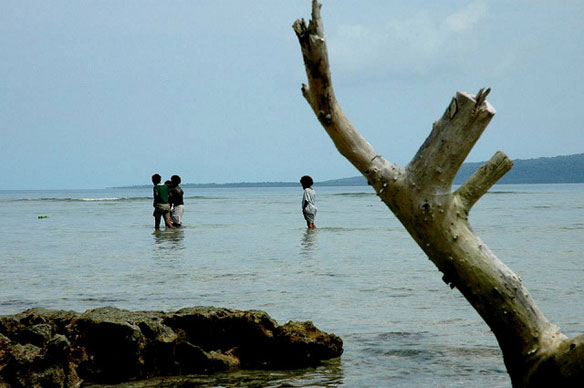
Building on the Cancun Climate Change Conference, the High Level conference on Climate Change in the Pacific will be hosted by Vanuatu on 4 March and is organised by the European Commission. Sinking Pacific island states on the frontline of climate change, are to receive funding for climate-related projects.
